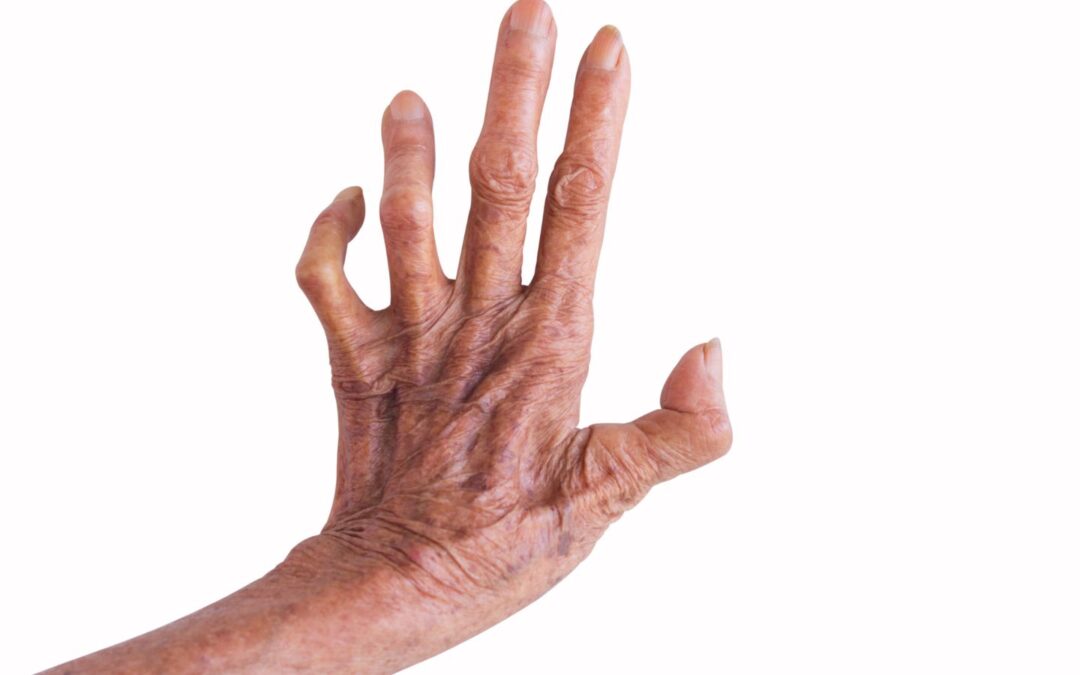Leprosy, a word that often evokes fear and misunderstanding, is a disease that has been shrouded in mystery and stigma for centuries. But what is it really? This article dives into the insights of leprosy, shedding light on its causes, symptoms, how to identify it and the latest advancements in treatment.
Despite being curable, leprosy continues to affect thousands globally, mainly due to lack of awareness and access to healthcare. It’s time to debunk the myths and misconceptions, and present the real face of leprosy.
Join us as we unravel the enigma that is leprosy, dispelling the shadows and illuminating the facts. Knowledge is power, and it’s our most potent weapon against this ancient disease.
Advanced:jlbrbsv1sdc= Leprosy
Leprosy, historically stigmatized and misunderstood, offers a compelling health narrative. Pivotal points include its ancient origins, distinct transmission pattern, and identifiable symptoms it can be on the arm,hand,leg and more.
History of the Disease
 Leprosy, also known as Hansen’s disease, originated thousands of years ago. Archaeological excavations found skeletal remains showing leprosy symptoms dating back to 2000 B.C., demonstrating the disease’s antiquity. Medieval Europe experienced widespread leprosy cases between the 11th and 14th centuries, leading to the establishment of numerous leprosaria or leper hospitals. These hospitals, however, served more as isolation centers, as there was no cure for leprosy during this period. It wasn’t until 1873, when Gerhard Armauer Hansen discovered Mycobacterium leprae, the bacterium causing leprosy, that the scientific community started developing effective treatments.
Leprosy, also known as Hansen’s disease, originated thousands of years ago. Archaeological excavations found skeletal remains showing leprosy symptoms dating back to 2000 B.C., demonstrating the disease’s antiquity. Medieval Europe experienced widespread leprosy cases between the 11th and 14th centuries, leading to the establishment of numerous leprosaria or leper hospitals. These hospitals, however, served more as isolation centers, as there was no cure for leprosy during this period. It wasn’t until 1873, when Gerhard Armauer Hansen discovered Mycobacterium leprae, the bacterium causing leprosy, that the scientific community started developing effective treatments.
How Leprosy Spreads and Its Symptoms
Leprosy’s spreading mechanism remains somewhat unclear but is believed to occur mostly via respiratory droplets, through sneezing or coughing from an infected to an uninfected person. It’s not highly contagious, yet close, prolonged contact with an untreated individual may pose a risk.
Recognizing leprosy symptoms entails understanding its gradual progression. Early signs usually include numb patches on the skin, often missing the normal sensitivity to touch, temperature, or pain. Progressed stages may yield muscle weakness, crippling of hands and feet, and eye damage or blindness. Understanding these symptoms is instrumental in early detection, enabling prompt treatment and prevention of severe complications.
Current Global Status of Leprosy
Leprosy, an ancient foe of mankind, persists as a global challenge. Insights into its epidemiological patterns and efforts to eradicate it fill this section.
Prevalence and Affected Regions
 Leprosy affects populations across the globe, albeit unevenly. According to the World Health Organization’s 2019 report, 202,185 new cases were detected globally, indicating slight variation from the consistent detection of over 200,000 new cases annually for the past decade. The disease exerts its heaviest toll in a handful of countries, notably India, Brazil, and Indonesia, accounting for over 80% of the new cases. Specifically, India detected over 114,451 new cases, Brazil 27,863 and Indonesia 16,826.
Leprosy affects populations across the globe, albeit unevenly. According to the World Health Organization’s 2019 report, 202,185 new cases were detected globally, indicating slight variation from the consistent detection of over 200,000 new cases annually for the past decade. The disease exerts its heaviest toll in a handful of countries, notably India, Brazil, and Indonesia, accounting for over 80% of the new cases. Specifically, India detected over 114,451 new cases, Brazil 27,863 and Indonesia 16,826.
| Area | Number of New Leprosy Cases (2019) |
|---|---|
| Global | 202,185 |
| India | 114,451 |
| Brazil | 27,863 |
| Indonesia | 16,826 |
In these countries, leprosy primarily affects regions with lower medical access and socio-economic standards, embedding it as a disease of poverty.
Efforts to Eradicate Leprosy
Combatting leprosy, organizations worldwide have initiated a trove of strategies. The World Health Organization’s Multidrug Therapy (MDT), available free of charge since 1985, has treated over 16 million leprosy patients. A significant milestone, the global rollout of MDT has drastically reduced leprosy’s prevalence.
Socio-educational initiatives, too, have emerged to tackle leprosy’s debilitating stigma. Campaigns aim to educate communities about the disease, its curability, and the non-infectious nature of patients post-treatment. On broader scales, initiatives like the Global Leprosy Strategy 2016-2020 implemented a three-pronged approach: Strengthening government ownership, coordination, and partnership; stopping leprosy and its complications; and ending discrimination and promoting inclusion.
Sustained collective efforts hold promise for a future free of the insidious specter of leprosy.
Treatment Approaches for Leprosy
 Leprosy’s battle is far from over. With hundreds of thousands of new cases emerging annually, there’s a clear need for persistent global efforts. The World Health Organization’s Multidrug Therapy has proven to be a game-changer, offering an effective cure. Yet, it’s not just about treatment. There’s a pressing need to eradicate the stigma associated with leprosy, promoting awareness and understanding.
Leprosy’s battle is far from over. With hundreds of thousands of new cases emerging annually, there’s a clear need for persistent global efforts. The World Health Organization’s Multidrug Therapy has proven to be a game-changer, offering an effective cure. Yet, it’s not just about treatment. There’s a pressing need to eradicate the stigma associated with leprosy, promoting awareness and understanding.
Early detection plays a pivotal role, making it crucial to ensure accessible healthcare in the most affected regions. The fight against leprosy isn’t just a medical one; it’s a socio-educational challenge that requires collective action. Together, we can make strides towards a world without leprosy.
My name is Andrea Thompson and I’m a home based freelance writer. I’m 23 years old, married to my best friend, and mother to a wonderfully independent and opinionated 3 year old girl and step-mother to a sweet seven year old boy. I live in a tiny, little town in Kentucky, where I spend my free time fishing with my kids.
Writing has always been my passion, which I followed through high school, and for a while in college. Life happened, and once I discovered we were pregnant, I switched directions; opting for the healthcare industry because of the stability.
Finally, years later, I was in a place where I could leave the day job that never truly made me happy, and pursue my dreams. I’ve built, and am still building, my writing career from scratch. But, I’m passionate and I’m good at what I do. And, in the end, I can prove to my daughter that she can do anything she wants with this life.





